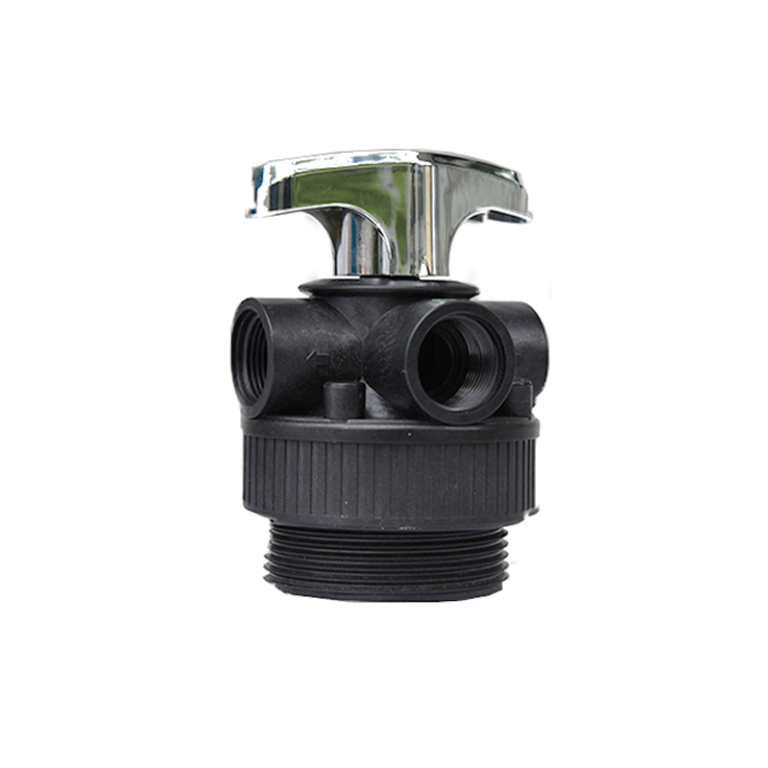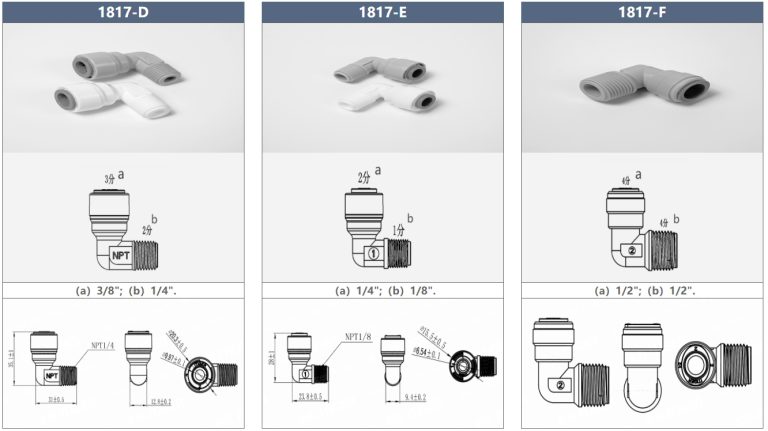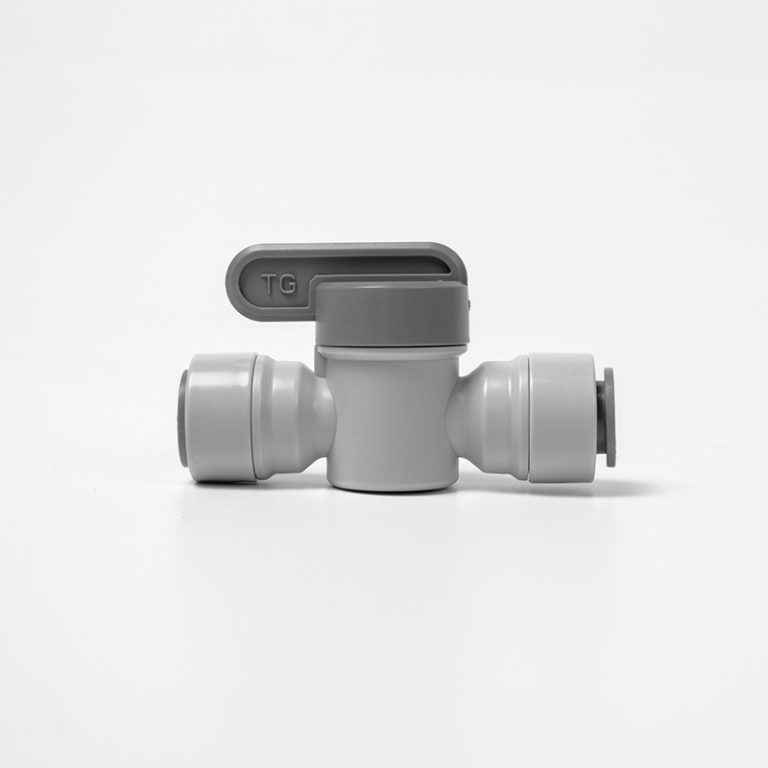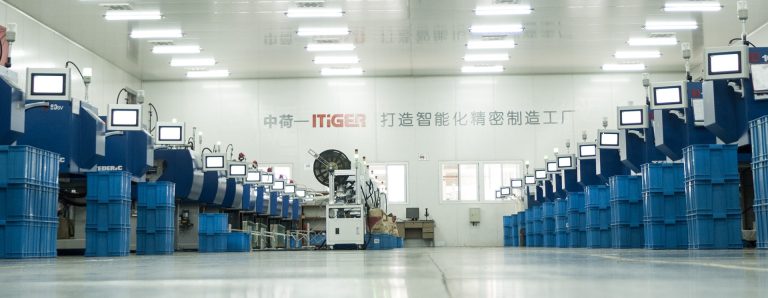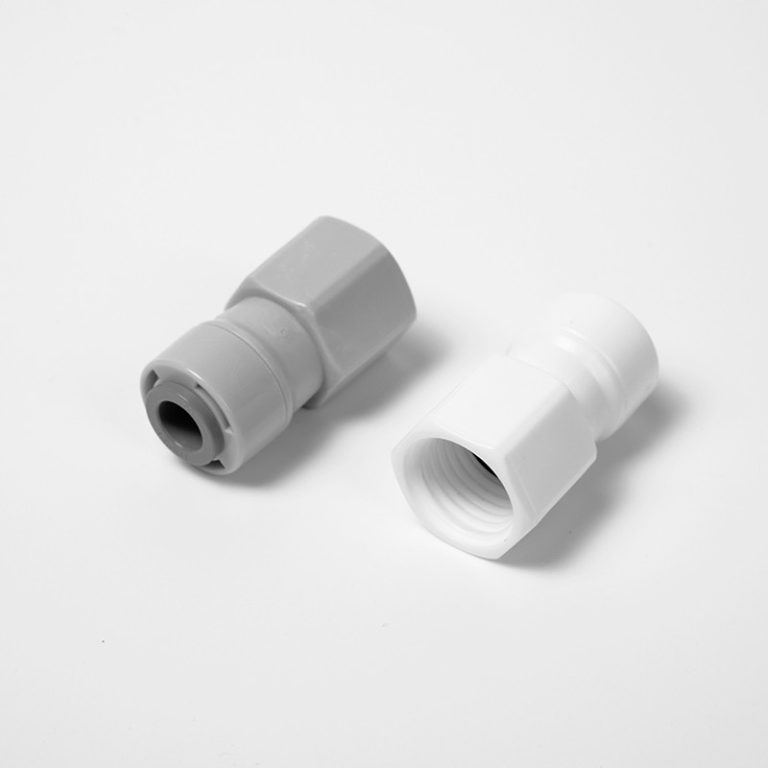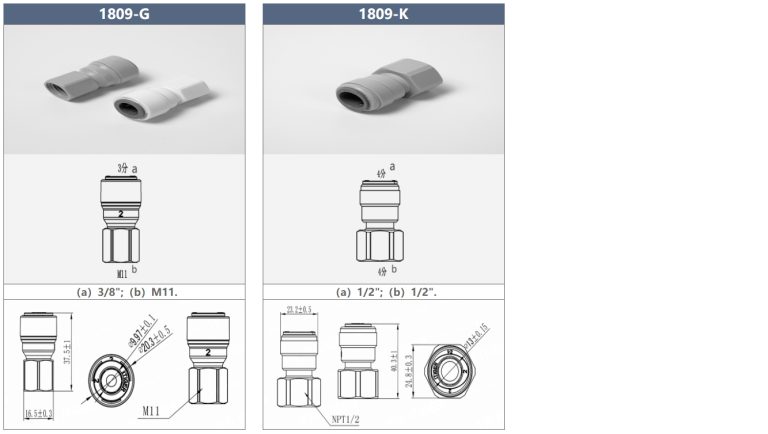“Seamless connections for a shock-free experience.”
Top 10 PVC Electrical Conduit Fittings Names
PVC electrical conduit fittings are essential components in electrical installations, providing protection and organization for electrical wiring. These fittings come in various shapes and sizes, each serving a specific purpose in the conduit system. In this article, we will explore the top 10 PVC electrical conduit fittings names commonly used in electrical installations.
1. Coupling: Couplings are used to connect two pieces of conduit together, providing a secure and watertight connection. They come in various sizes to accommodate different conduit diameters and are essential for creating a continuous conduit run.
2. Elbow: Elbows are fittings that allow conduit to change direction, typically at a 90-degree angle. They come in different configurations, such as sweep elbows for smoother bends, and are crucial for routing conduit around obstacles or corners.
3. Connector: Connectors are used to join conduit to electrical boxes, enclosures, or other fittings. They provide a secure connection and ensure proper grounding of the conduit system. Connectors come in various types, including straight connectors, offset connectors, and set-screw connectors.
| Model | Tube(a) | Stem(b) |
|---|---|---|
| 1801-A | 1/4 | 1/4 |
| 1801-C | 1/4 | 3/33 |
4. Bushing: Bushings are used to protect wires from abrasion when passing through a knockout hole in a box or enclosure. They provide a smooth surface for the wires to pass through and prevent damage to the insulation. Bushings come in different sizes to accommodate various wire gauges.
5. Adapter: Adapters are fittings that allow for the connection of different types or sizes of conduit. They are useful for transitioning between PVC conduit and other materials, such as metal conduit or flexible conduit. Adapters come in various configurations, including reducing adapters and threaded adapters.
6. Locknut: Locknuts are used to secure fittings to boxes or enclosures, ensuring a tight and secure connection. They come in different sizes and are typically made of durable materials like steel or nylon. Locknuts are essential for maintaining the integrity of the conduit system.
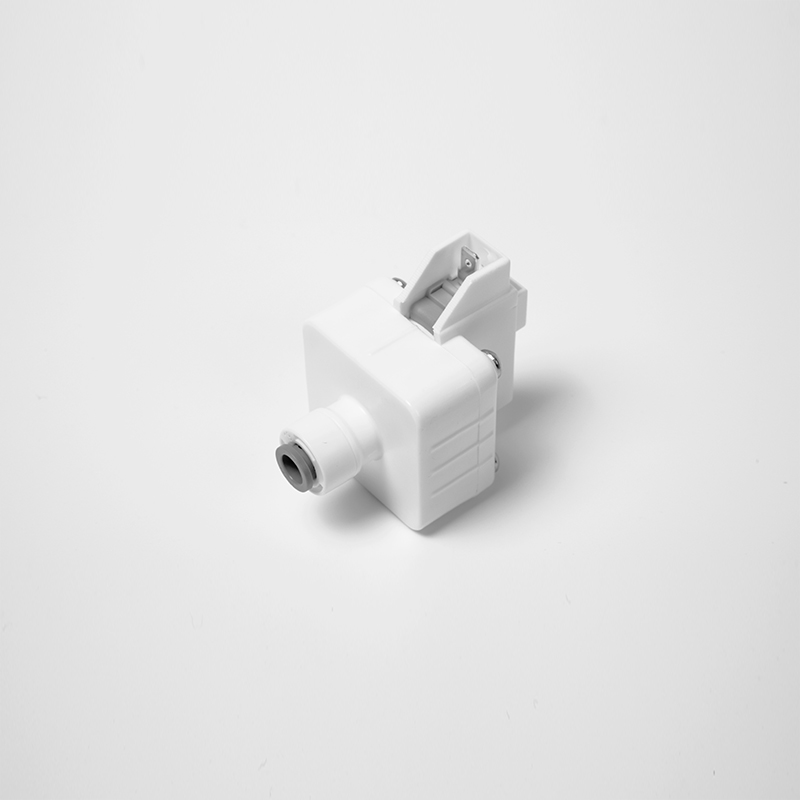
7. Strap: Straps are used to secure conduit to walls, ceilings, or other surfaces. They provide support and stability for the conduit run, preventing it from sagging or coming loose. Straps come in various styles, including one-hole straps, two-hole straps, and pipe straps.
8. Reducer: Reducers are fittings that allow for the transition between different conduit sizes. They are used when connecting conduits of different diameters or when downsizing conduit runs. Reducers come in various configurations, such as bell reducers and coupling reducers.
9. Terminal Adapter: Terminal adapters are fittings that allow for the connection of conduit to electrical equipment, such as motors or panels. They provide a secure and watertight connection and ensure proper grounding of the conduit system. Terminal adapters come in different sizes and configurations to accommodate various applications.
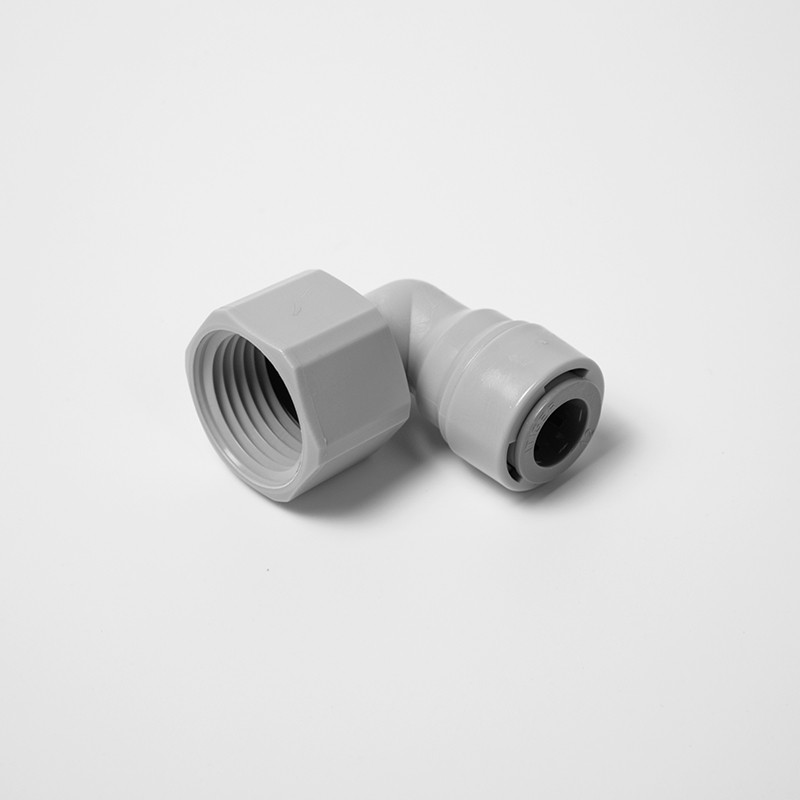
10. End Cap: End caps are fittings that seal off the end of a conduit run, providing protection against dust, moisture, and debris. They are essential for maintaining the integrity of the conduit system and ensuring a clean and professional finish. End caps come in various sizes and are easy to install with a simple push-on or screw-on design.
In conclusion, PVC electrical conduit fittings play a crucial role in electrical installations, providing protection, organization, and flexibility for wiring systems. The top 10 PVC electrical conduit fittings names listed in this article are essential components for creating a safe and reliable conduit system. Whether you are connecting conduit, changing direction, or securing wires, these fittings are indispensable for a successful electrical installation.
| Model | Tube(a) | Stem(b) |
|---|---|---|
| 1801-A | 1/4 | 1/4 |
| 1801-C | 1/4 | 3/28 |

